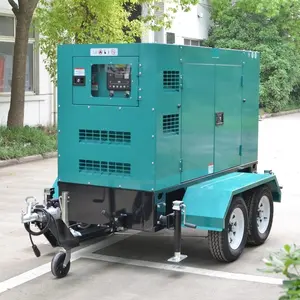Introduction to Wave 3 Phase Rectifiers
The wave 3 phase rectifier is a pivotal component in electrical engineering, designed to convert three-phase alternating current (AC) into direct current (DC). This conversion is essential in various applications, such as power supply for industrial equipment, DC motor drives, and renewable energy systems. With the growing complexity of electrical systems globally, understanding the functionality and features of wave 3 phase rectifiers becomes increasingly important.
Types of Wave 3 Phase Rectifiers
There are several types of wave 3 phase rectifiers, each tailored to meet specific operational needs. Understanding the variations can assist in selecting the right rectifier for your application:
- Half-Wave Rectifiers: Utilizes one diode per phase, typically less efficient; mainly used in simple applications.
- Full-Wave Rectifiers: Employs multiple diodes for effective voltage utilization, providing smoother DC output.
- Controlled Rectifiers: Incorporates thyristors or SCRs, enabling control over the output voltage and current, ideal for variable load conditions.
- Uncontrolled Rectifiers: Based on diodes only; optimal for applications where consistent output levels are not critical.
Function and Feature of Wave 3 Phase Rectifiers
The wave 3 phase rectifier serves several critical functions in an electrical setup:
- AC to DC Conversion: The primary role of the rectifier is to allow current to flow in a single direction, thus converting AC to DC.
- Improved Efficiency: With three-phase input, these rectifiers can handle higher loads and offer more efficient power distribution.
- Voltage Regulation: Many models feature built-in regulation systems that stabilize output voltage, protecting sensitive electronic components.
- Minimal Ripple Factor: A hallmark of quality wave 3 phase rectifiers, the ability to produce low ripple in the output enhances the longevity of connected devices.
Applications of Wave 3 Phase Rectifiers
Thanks to their versatile functionality, wave 3 phase rectifiers find applications across various industries:
- Industrial Power Supplies: Commonly utilized in factories to power heavy machinery and motors.
- Telecommunications: Employed in telecom towers to convert AC power to stable DC for communication systems.
- Renewable Energy Systems: Essential for solar inverters, converting harvested energy into usable DC.
- DC Motor Drives: Key components in vehicles and transportation systems for efficient energy control.
Advantages of Using Wave 3 Phase Rectifiers
Integrating a wave 3 phase rectifier within your electrical systems offers several significant benefits:
- Enhanced Performance: Higher power utilization leads to better performance of connected equipment.
- Cost-Effectiveness: Improved efficiency translates to reduced energy costs over time.
- Longer Equipment Lifespan: The reduction of ripple and voltage spikes protects components from wear and tear.
- Simplified Maintenance: Many advanced models come with diagnostic features to help monitor performance and identify issues early.





























